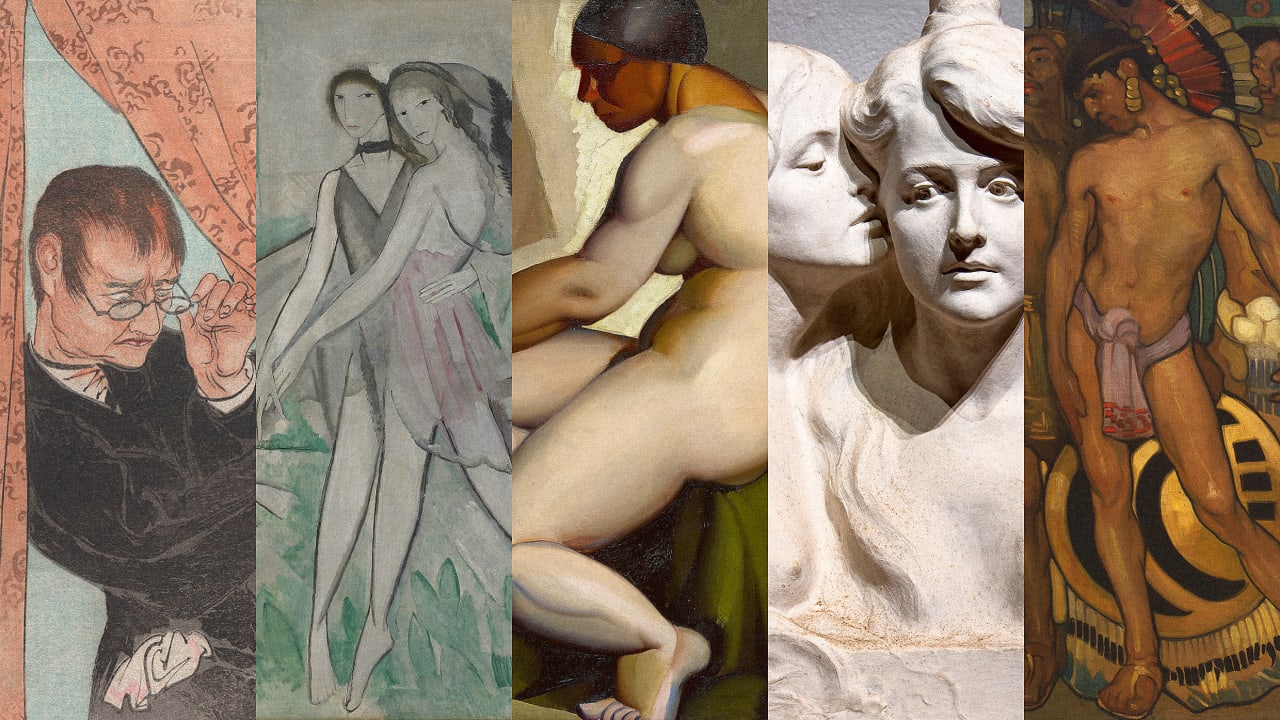Longhorn Steers vs. Other Breeds: What Makes Them Unique?
Explore the key differences between Longhorn steers and other breeds, including temperament, hardiness, and historical significance.

Texas Longhorns maintain their status as one of the most iconic cattle breeds throughout the world. All cattle immediately stand out when they have large horns, which Longhorn steers possess as their defining physical characteristic. These particular cattle maintain their special status because of their historical genetic makeup and survival skills combined with their farming worth and exclusive behavioral qualities. Modern agricultural practices have transitioned to high-yield Angus, Hereford, and Holstein breeds because they produce meat and milk products, whereas the Longhorn maintains its popularity through distinct features. These steers exist for their sustainable farming methods and ability to adapt to different environments while using traditional husbandry techniques.
Historical Significance and Heritage
The Longhorn breed originates from a historical background that began when Spanish settlers introduced Iberian cattle to the Americas during the 15th century. The cattle population bred in the American Southwest wilderness across multiple centuries until they fully adapted to its harsh conditions. Cattle drives and the cowboy culture of Texas required Longhorns to perform their essential roles by the time the 1800s arrived. Angus and Hereford breeds emerged from the British Isles and were later brought to America because of their superior meat qualities. American frontier ideals find their embodiment in Longhorns, who display exceptional survival abilities in challenging environments.
Appearance and Physical Traits
Longhorn steers stand out through their exceptional horn length, which can reach seven feet when measured from one end to the other. The horns of these animals are their primary natural means to fend off any predator. These animals with slender body structures exist in various color patterns, including red, black, and white, as well as speckled or brindled designs. Angus is distinguished by its wholly black or red color and lack of horns, whereas Holsteins wear their classic black-and-white patches. The combination of natural beauty and rugged physical power possessed by a Longhorn makes sure that the first impression upon meeting one is an unforgettable one.
Adaptability and Hardiness
Resisting environmental factors, Longhorns can prosper in challenging areas and endure inclement weather conditions. Longhorn steers have been found to withstand extreme heat, drought situations, and a shortage of forage. These cattle prefer less care, and they are maximally resistant to common cattle ailments. Other cattle breeds would need better pastures and additional shelter with regular medical attention. As such, Longhorns make an efficient and sustainable livestock choice for ranchers operating in harsh conditions. Their natural foraging habits help ranchers cut feed costs as these cattle eat a broad type of vegetation that suits low-cost agricultural operations.
Temperament and Behavior
The worthy horns notwithstanding, Longhorns show their mellow temperament. The animals demonstrate high intelligence along with curiosity, making management a simple task provided they are trained consistently as calves. The Longhorn, of all beef breeds, stands at the top in terms of awareness and interaction with humans. Their non-aggressive, sociable behavior makes them amenable to mixed herds and educational farms as well as eco-tourism projects. The ruggedly built and gentle Longhorns prevent accidental injuries, both to handlers and cattle alike. The animals develop strong social connections within their herds. The breed displays lower intervention needs compared to Brahman and Angus because of their cooperative nature and adaptability.
Economic and Cultural Value
The economic benefits of Longhorns differ from those of Angus because of their unique advantages. The health-conscious market favors leaner beef from Longhorns that have low cholesterol levels. Free-range grazing with minimum shelter on rough mountain terrain provides many of the Longhorns' production requirements, making them more economical with the cost savings from the competing cattle over a long period. The perfect cultural heritages of the Longhorns extend beyond any financial considerations. Byron ranchers maintain Longhorns to support their conservation initiatives and keep their traditional heritage alive. Longhorns offer the greatest tug on the heartstrings with a practical use and cultural heritage, a combination no other cattle breed enjoys. Longhorns demonstrate better adaptability than high-strung breeds because they often maintain their composure in different settings and handling situations.
The Last Words
The Longhorn cattle provide tangible evidence about historical development and survival through their breed lineage's long continuity. The Angus and Holstein cattle serve two different purposes in farming, even though they primarily function in commercial beef and dairy operations. Their unique physical appearance and durable construction, combined with extensive historical heritage, make them instantly identifiable throughout every grazing field. Going for longhorn steers is the best way to save your pockets, also your lovable breeds.



















































































































![Are AI Chatbots Replacing Search Engines? AI vs Google [New Research]](https://www.orbitmedia.com/wp-content/uploads/2025/05/How-often-are-we-using-AI-chatbots_.webp)

































